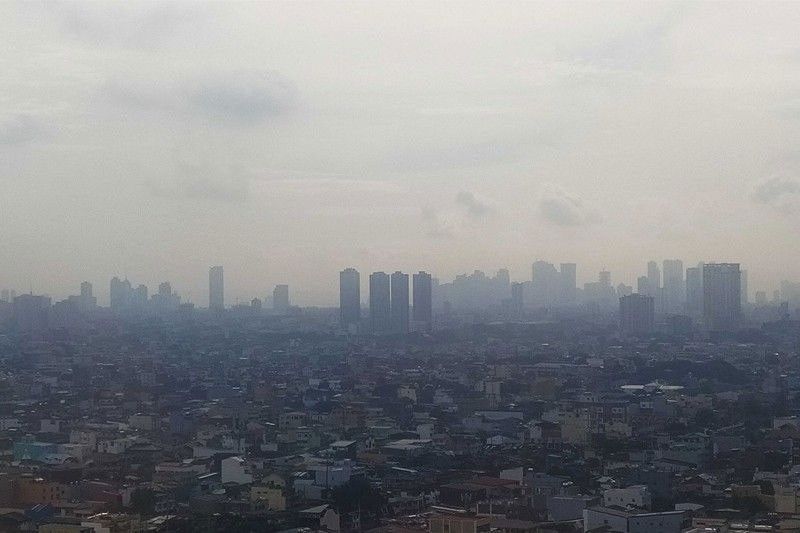GDP seen to contract by slower 2% in Q1

MANILA, Philippines — Ayala-led Bank of the Philippine Islands (BPI) expects the country’s economic contraction to slowdown further in the first quarter amid the expected recovery this year.
BPI lead economist Jun Neri said the country’s gross domestic product (GDP) would contract at a slower pace of two percent in the first quarter from 8.3 percent in the fourth quarter.
“We’ve gone a long way. Even if the GDP levels in 2020 did not reflect any improvement in mobility, we suspect that in the first quarter of 2021 the decline in the economy will be much less, minus two from minus eight in the fourth quarter of 2020,” Neri said.
The Philippines slipped into recession after the GDP shrank by a record 9.5 percent last year.
Neri said the country is starting to show many signs of improvement, paving the way for a very asymmetric V-shaped recovery wherein the decline is much faster than the recovery.
For one, he said mobility is the first indicator of economic improvement as production responds positively to the easing of quarantine measures.
“For groceries and pharmacies, in particular, the Philippines has gone a long way. From a drop in mobility of about 62 percent, we actually saw mobility in groceries and pharmacies exceed pre-pandemic levels in December. So that’s how confident Filipinos became during that month. Now we saw a little bit of decline in January this year, but in February, the people started to move around again. And now it’s just down six percent compared to pre-pandemic levels,” he said.
He also noted a huge improvement for retail and recreation where activity remains below pre-pandemic levels.
“Improvement in mobility will likely continue even with the delayed rollout of vaccines compared to other countries as many have adjusted and more willing to go out as they have learned to follow the protocols well. In December, we saw a significant improvement in mobility in retail areas, so we expect this to continue throughout most of 2021,” Neri said.
The economist said exports were flat in the fourth quarter last year versus the 30 percent plunge in the second quarter and 25 percent in the third quarter.
“All of a sudden, we saw no more decline for exports. And it’s a good proxy for manufacturing. This seems to show that the Philippine manufacturing sector has been able to adjust to the protocols and have made the necessary adjustment to produce more versus January and February 2020, allowing for improvements to continue,” he said.
Other factors that led to the recession were the impact of the typhoons as well as the African Swine Fever (ASF) last year.
Neri also cited the improvement in the country’s jobless rate that still remains high compared to pre-pandemic levels.
For 2021, Neri said the country is expected to bounce back with a GDP growth of 6.8 percent on the back of a successful COVID-19 vaccine rollout, meaningful stimulus and sustained uptrend in mobility.
“We will only be able to fully recover sometime in the later part of 2022. And that’s what makes the Philippines quite unique. It is because we saw the biggest decline in Southeast Asia in overall GDP,” Neri said.
- Latest
- Trending



























